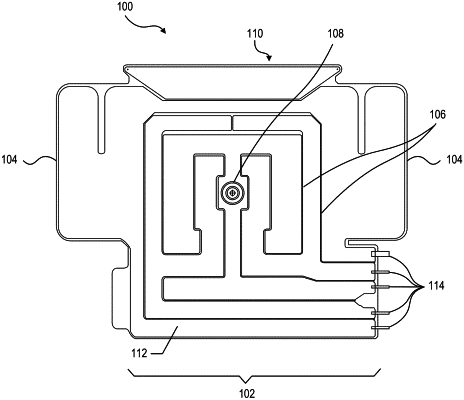| CPC B29D 22/02 (2013.01) [A61F 5/32 (2013.01); A61F 5/34 (2013.01); A61G 7/05776 (2013.01); A61L 31/10 (2013.01); A61L 31/14 (2013.01); A61G 2203/34 (2013.01); A61L 2420/02 (2013.01)] | 19 Claims |

|
1. A method for controlling a pressure-mitigation apparatus that is disposed between a human body and a surface, the method comprising:
determining, by a controller, that the pressure-mitigation apparatus is fluidically coupled to an egress interface of the controller based on an analysis of an output produced by a sensor that is proximate to the egress interface;
identifying, by the controller from among a plurality of programmable patterns, a programmable pattern that is associated with the pressure-mitigation apparatus to which the controller is fluidically coupled; and
inflating, by the controller, each chamber of a plurality of chambers of the pressure-mitigation apparatus to varying degrees in accordance with the programmable pattern through controlled operation of a plurality of valves, each of which regulates fluid flow into a different one of the plurality of chambers, thereby shifting a point of contact pressure applied by the surface to the human body over time.
|